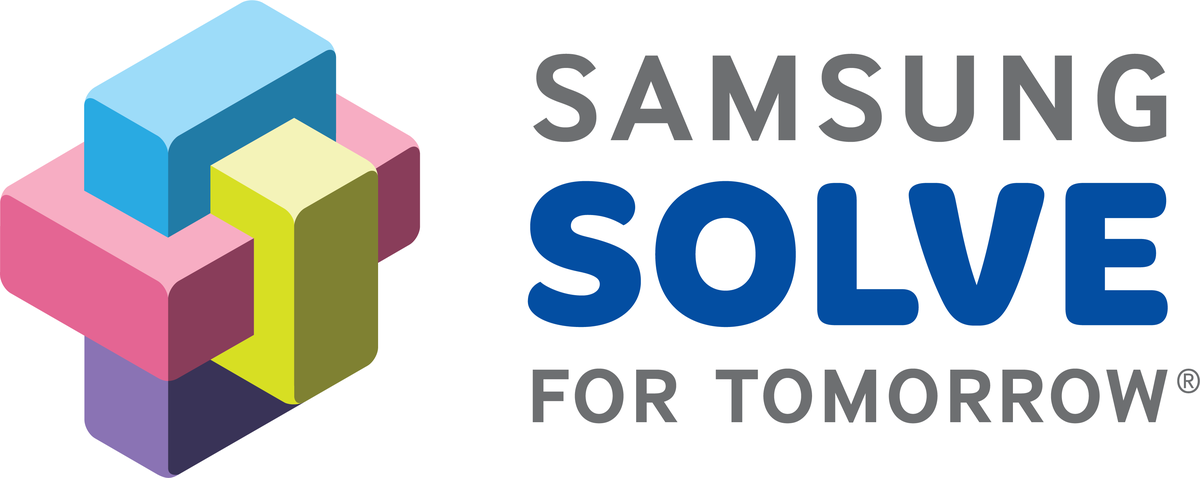A group of science students at Pitman High School are receiving nationwide recognition as they have been named as state finalists in Samsung’s 13th annual Solve for Tomorrow STEM competition. The recognition makes Pitman High only one of 11 schools in California to be named to the list of 300 state finalists from across the entire nation. All state finalists are awarded $2,500 to be used for new technology and school supplies.
The Solve for Tomorrow competition encourages middle and high school students to explore the role STEM can play in solving issues in their communities. The competition engages students in active, hands-on learning that can be applied to real-world problems in hopes of making STEM more tangible and showcasing its value beyond the classroom.
“Between 2019 and 2029, the number of STEM jobs are predicted to grow 8%, a higher rate than non-STEM jobs,” said Michelle Crossan-Matos, chief marketing and citizenship & communications officer for Samsung Electronics America. “But while STEM skills are key to a 21st century workforce, we know that national test scores in STEM subjects like Math have fallen by the largest margin in 30+ years. Solve for Tomorrow was designed to provide schools and teachers with an innovative, problem-based learning approach to STEM education to boost student interest, proficiency, and diversity in STEM. This fresh crop of impressive state finalists is proof that we’re succeeding.”
Eric Hauck teaches AP Biology and Living Earth at Pitman High and also serves as the advisor for students participating in the competition. He explained that this is an event that his classes look forward to every year, as they have entered since 2020.
“This is always really fun to do, and when I heard we had been named a state finalist, I was obviously really excited,” Hauck said. “When I shared the news with the students, it sunk in with some of them immediately and they were over the moon. And they’re all high schoolers, so some of them didn’t quite understand the magnitude, but they were very happy and excited.”
Hauck explained that each of his classes are split into eight groups. He then encourages each of the groups to come up with an idea, and ideas are voted on by one another to determine which group and project will be used to represent the school in the competition. Sixty-four students in total participated in the school completion, with the winning idea being a solution to California’s rolling blackouts.
Hauck and his students are keeping their lips sealed and aren’t going into much detail, though, as the competition still has several more stages. The 300 state finalists will now advance to additional stages of the national competition that will culminate in three schools being selected in May as National Winners, receiving $100,000 prize packages.
“It is a competition and other teams might be looking at publications. I can’t tell you exactly how it will all work, but they're looking to create a better system for detecting faults in the electrical grid. Technically, their device would do more than what I said, but I don't want to give too much away,” Hauck said.
Ann Woo is the senior director of corporate citizenship for Samsung Electronics America. She shared her excitement upon hearing about the creative proposals in this year’s competition.
“Every year’s entries provide a window into the concerns and aspirations on the minds of that cohort of middle and high school students,” Woo said. “A common theme this year is ‘connecting’ – whether that’s connecting people to people, peer to peer, across generations, or even around the globe.”
As for the $2,500 prize and the potential $100,000 winnings, Hauck plans on polling students and other science teachers to determine how the funds will be used.
“We don't get the funds in time necessarily to actually build our prototype, so rather than use it to build what the students pitch, I’ll let the science department as a whole decide. My students will have input as to how they want to spend it, then we’ll let that be a vote in our science department,” he explained.
Hauck assured that more details about the Pitman High project will be shared at the conclusion of the competition, with exclusive photos and student input. As of now, they’ll continue to keep things under wraps.
Science and science education is changing,” Hauck said. “We're actually empowering these students to solve your problems and that is just amazing. I think that's what really gets me students excited, so I can’t wait to see where things go with not only this competition, but with science and education as a whole.”
More information on Samsung’s Solve for Tomorrow STEM competition can be found at www.samsung.com/us/solvefortomorrow.





